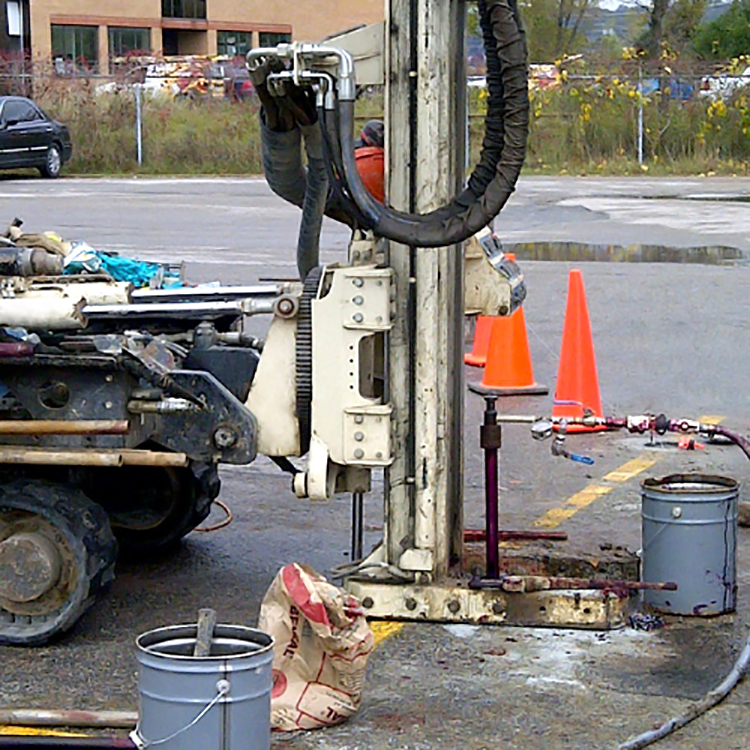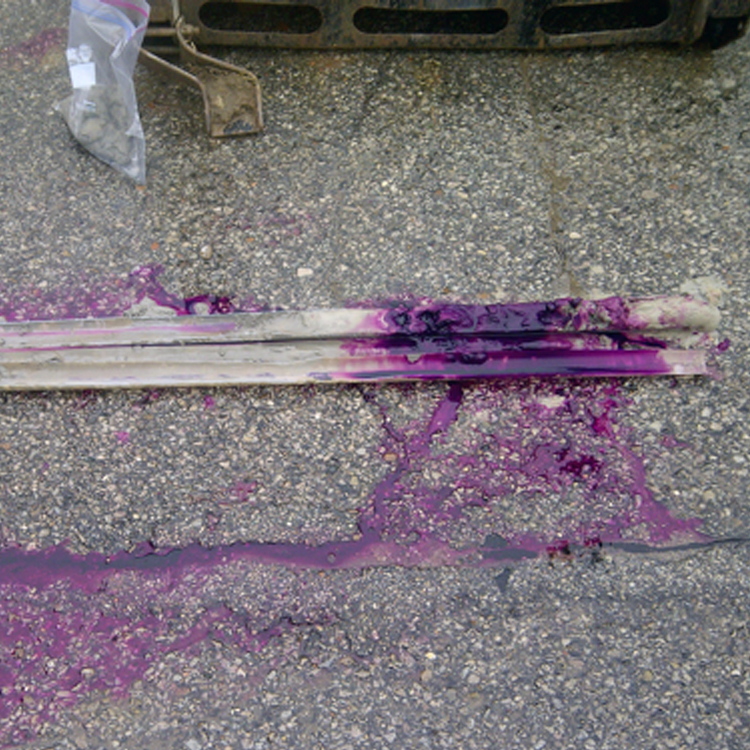Sequential & Hybrid Remediation Systems
Combining approaches for innovative solutions to complex impacts!
By understanding the chemistry and biological processes occurring, IRSL can custom-develop hybrid treatment systems for individual sites. Examples of this includes the use of chemical oxidants with oxygen-releasing materials to promote both activated oxidation (high pH activates the oxidants) and bioremediation using the oxygen released by the hydrolysis of the oxygen releasing material. Similar reactions can be encouraged when using chemical reductants such as zero-valent iron and organic carbon materials.
The compounds delivered can be physically placed or injected into the impacted aquifer using a variety of methods.

Important Considerations
Hybrid remediation approaches are effective when addressing mixed dissolved phase plumes that contain compounds that react differently to processes such as chemical reduction and aerobic bioremediation. For example many chlorinated ethene plumes can be effectively reduced however there is potential for vinyl chloride to be present. Vinyl chloride can be effectively treated aerobically or anaerobically, however aerobic treatment can be faster.
Many hybrid treatment systems can be completed sequentially with one process occurring up-gradient of the second process.
Programs
An emerging area of in-situ remediation, hybrid remediation combines oxidants or reductants with aerobic or anaerobic bioremediation reagents.
Sequential Treatment Programs treat mixed plumes that require chemical oxidation and reduction applied one after the other.
Hybrid Treatment Programs treat mixed plumes using both chemical and biological treatment strategies.


Experience & Approach
One of Canada’s most experienced firms in the design and implementation of sequential and hybrid in-situ treatment programs, IRSL has used hybrid strategies on numerous projects, such as using:
- Oxidants like persulphate and oxygen-releasing materials for chemical oxidation and aerobic bioremediation of petroleum hydrocarbons.
- Organic carbon materials and zero-valent iron for chlorinated hydrocarbons.
Ready to get started?
Speak with our engineering team about how our environmental remediation services can help you in your remediation journey and take the next steps to building a better environment and a cleaner community with your project.
I'm ready to Start